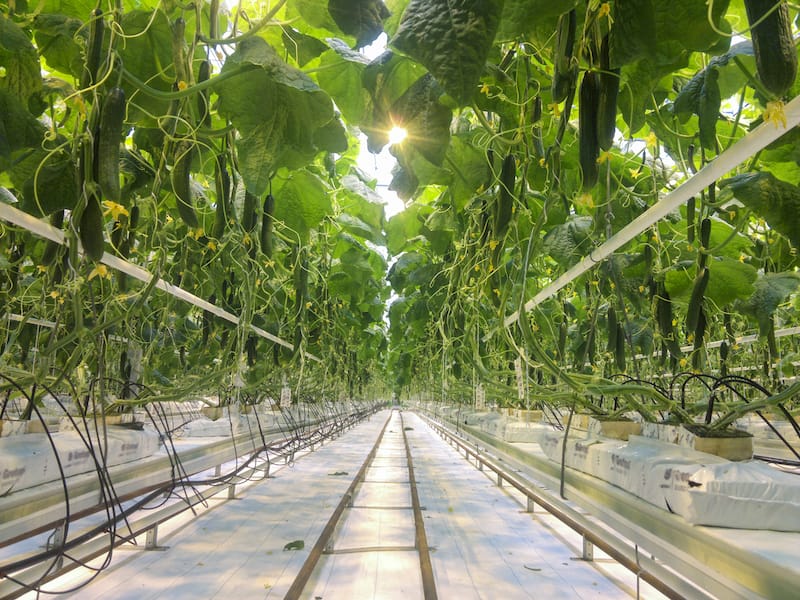What Is Hydroponics Gardening?
Have you ever wondered how you can still get particular fruit and vegetables outside their seasons? Whilst some produce is imported from warmer countries or colder climates, much of what you see in supermarkets can be grown here in the UK.
Using hydroponics, you can grow anything raised from the soil. Although these systems are predominantly used for above-the-soil plants, this method can produce root vegetables on commercial and industrial scales. We explore this method of gardening and the role our CO2 bottles have in growing the juiciest fruit and most beautiful plants without all the hassle of mud and dirt.
A Cleaner Way to Grow Plants
Hydroponics is the method of growing plants without soil and using only water. This method offers a popular solution to gardening indoors with various ways in which it can be done.
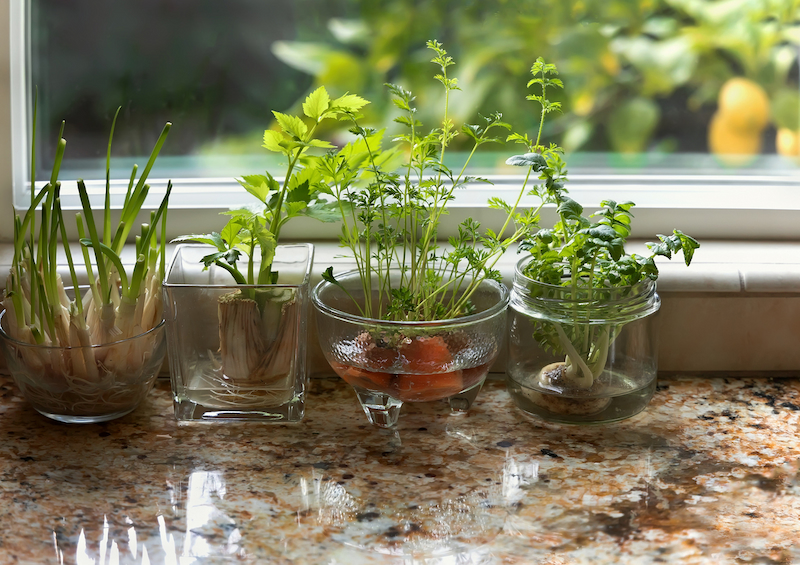
Deep Water Culture Hydroponics (DWC) – the roots are suspended in an actively oxygenated solution of water and nutrients rather than planted in soil.
Hydroponic Drip Irrigation System – drip emitters are placed into growing containers, with the drip emitters connected to a pump. The pump, put into a reservoir, holds a nutrient solution, which is pumped through to the emitters regularly. It is then delivered directly to the roots of your plants.
Wick System Hydroponics – the wick system is very similar to the deep water culture (DWC) in that you need the basics, air pump, water reservoir, air stone and nutrient solution. Another container, a wick, and some neutral medium are added to help optimal growth.
NFT (nutrient film technique) Hydroponics – the system uses a pump to deliver fertilised water to the grow tray and a drain pipe to recycle the unused nutrient solution. The difference is that in NFT, the nutrient solution continuously flows over the roots.
A Brief History of Hydroponics Gardening
Although hydroponics may seem like a relatively new term, the process has been done for almost 400 years. The first records of growing plants without soil assistance were published in 1627 by Sir Francis Bacon, and more publications came when researcher John Woodward created his experiments with spearmint plants.
How Does Hydroponics Work?
Normal gardening and plant growth usually require the need for nurturance-rich soil. However, the soil is taken out of the equation with the hydroponics process. Instead, the plants are fed with nutrients directly to the roots through a series of pipes and pumps. This allows instant absorption of the minerals the plants need to grow successfully.
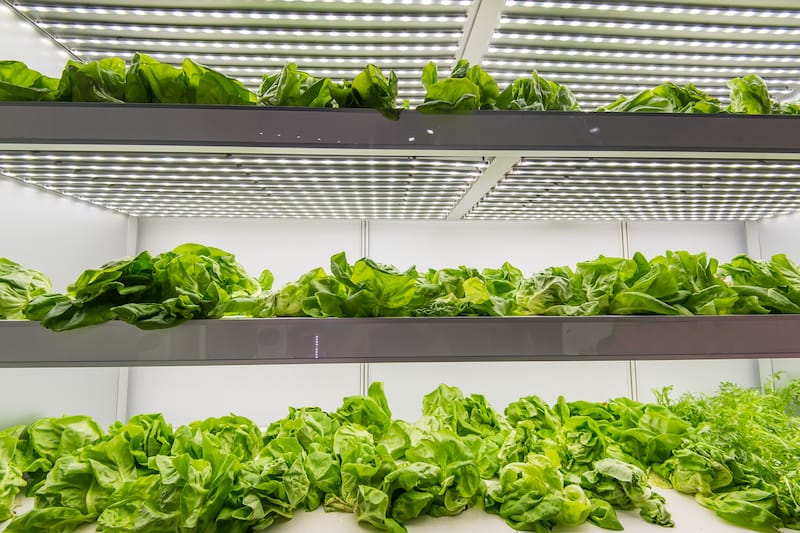
Seeds are planted on a growing tray and placed in a container filled with water and plant nutrients. The water and nutrient ratios are customised to each plant’s needs depending on type and size. The seeds then germinate in this new environment and use 90% less water than traditional soil-based systems. Using UV lamps, heat lamps, temperature control, humidity and water pH levels, gardeners can grow the crops to their most optimal state.
Advantages of Hydroponics
This gardening method allows for a more significant yield of crops and a quicker growth of plants without taking up too much space. It has become a popular gardening process because, unlike traditional gardening, gardeners can control the growing environment accurately, providing the plants with optimal development and feed. Water does not need to find its way to the plant through the soil, and moving the location of the plants indoors can prevent them from being uprooted and damaged by severe weather.
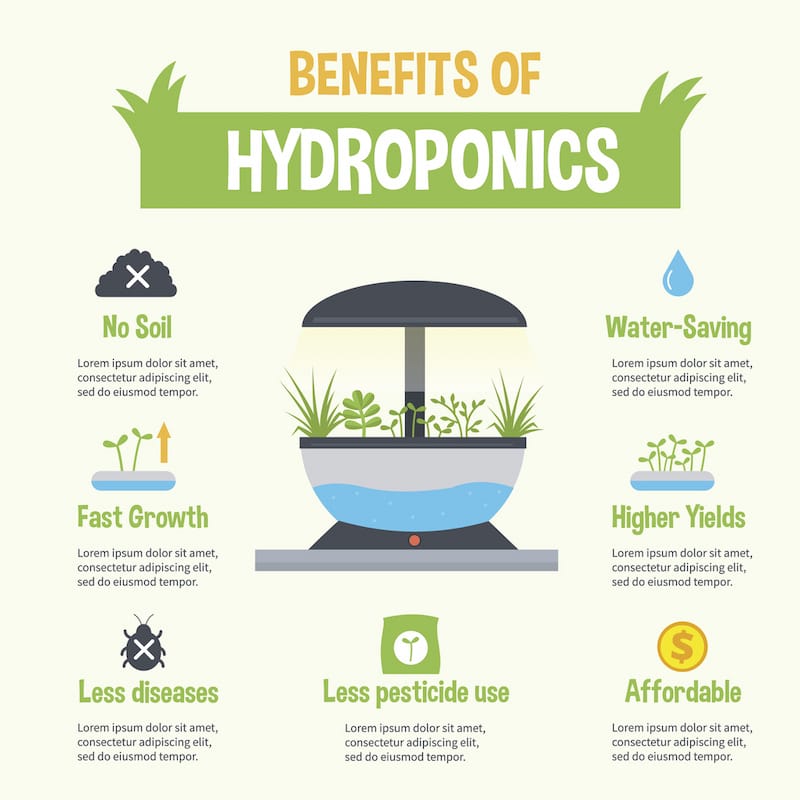
This means that the crop yield is reliable and predictable and is favourable amongst farmers looking to sell their crops to regular customers. It also allows gardeners to grow non-native plants and seasonal crops all year round. It is also advantageous for reducing plant diseases, requiring fewer pesticides and saving on water. It is also reasonably affordable, especially for more extensive scale operations.
The Role of CO2 in Hydroponics
Naturally, outdoor plants receive the ideal amounts of CO2 to grow. However, when using a soilless system to yield crops indoors, the amount of CO2 is reduced and therefore needs to be added for optimal plant growth. When growing plants this way, you will need CO2 for hydroponics.
Of course, all the other ideal growing conditions must be met before adding CO2, as this can waste the effort of introducing the gas to your system. Ensure your plants have been spaced out enough, been given the right amount of feed and have adequate lighting. Once these have been met, and you still find your plants struggling to thrive, it is time to check the CO2 levels in the environment.
Once you have checked the levels with your CO2 monitoring system, if they are not in line with the optimal measures, you can adjust as needed. Many monitoring systems offer to dispense the gas automatically when levels reach too low in the room and are a worthwhile purchase for any hydroponics gardener.
CO2 is better injected throughout the day, as this is when plants photosynthesise and require accurate levels of CO2.
Find the Suitable Gas for Hydrophonic Systems
When choosing hydroponics as a method for growing crops, you have decided that you want the best quality plant growing conditions. So, when purchasing gas for your systems, you need to find high-quality CO2 to help your crops thrive in their environment. You will also need to consider the size of the CO2 cylinders you may need to purchase. Buying too little could upset the continuous feed of the gas to your plants and disrupt their growth, so being fully supplied is essential.
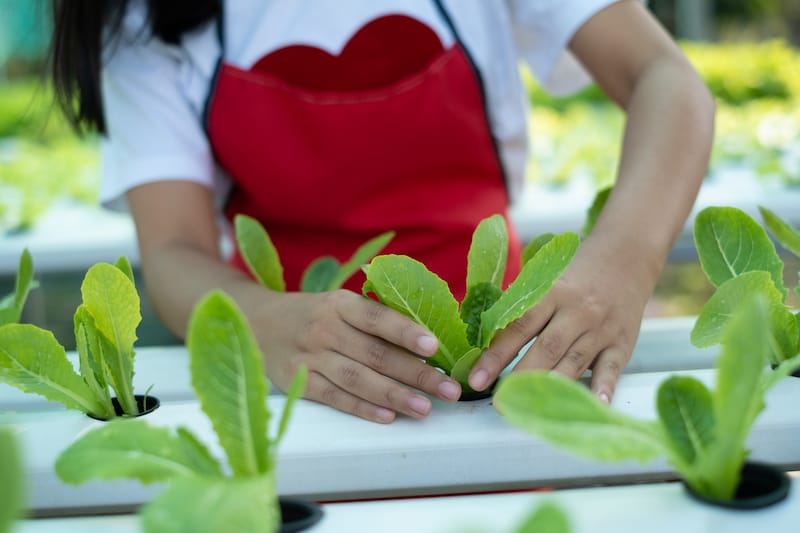
As bottled gas suppliers, we take pride in our supply of high-quality CO2 for various applications. Each bottle is tested for consistency, so our customers receive only the best quality for optimal growing conditions. We also stock a variety of sizes, so however big or small your system is, you have enough CO2 for your needs. You can order your supply of CO2 online or contact us today for unique and regular contracts of CO2 delivery for larger-scale gardening requirements.


